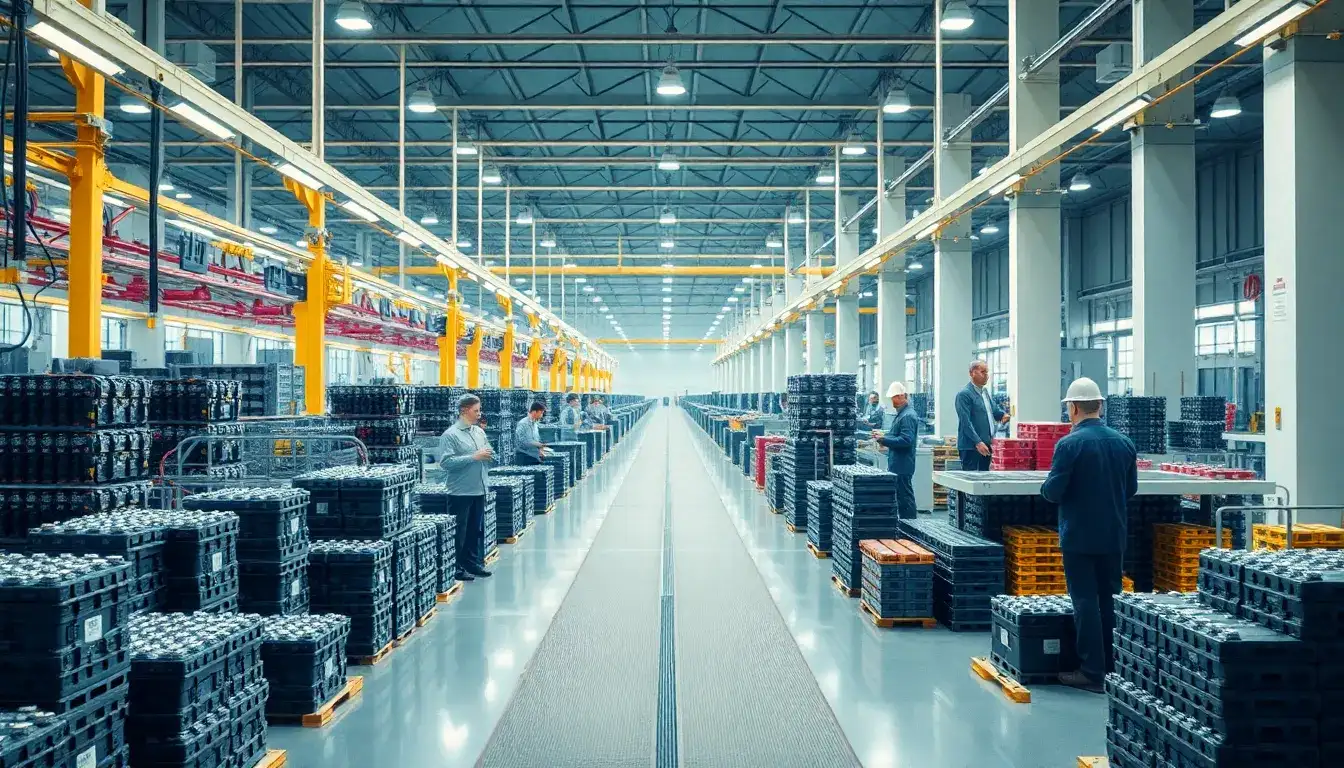
In the rapidly changing global automotive market, even large corporations cannot afford to be complacent. As a leading player in the power battery industry, Ningde Times reported a financial performance in 2024 that reflects both revenue decline and profit growth, showcasing its resilience in the current complex market environment. However, this also highlights the deep challenges facing the new energy sector during its transformation.
Contradictory Data Yield Results
In 2024, Ningde Times generated total revenue of 362.01 billion yuan, a 9.7% decrease year-on-year, marking the first annual revenue decline since its public listing. Nevertheless, its net profit attributable to shareholders reached 50.735 billion yuan, representing a 15.01% increase from the previous year. These contrasting figures illustrate the company’s dual success in cost control and product structure optimization.
Firstly, through technological upgrades and large-scale production, Ningde Times improved its gross margin from 22.91% in 2023 to 24.44%, achieving a three-year high. This increase is a significant contributor to its profit growth. Secondly, the company’s “dual-wheel drive” strategy has proven effective, with power battery sales reaching 381 GWh, an 18.85% increase year-on-year, and energy storage battery sales hitting 93 GWh, up 34.32%. The significant growth in energy storage batteries has also been a key factor in enhancing the company’s profitability. Thus, despite facing the industry’s price wars and fluctuations in lithium carbonate prices, which caused its revenue to decline for the first time in nine years, Ningde Times has managed to achieve profit growth through technical premiums and business diversification, maintaining its position as the global leader in power batteries.
Technological Moat
In an era of rapid technological change, Ningde Times cannot afford to let its guard down. In 2024, the company invested 18.6 billion yuan in research and development, with a total investment exceeding 70 billion yuan over the past decade. This investment is a key reason for its technological superiority. Currently, Ningde Times has a product portfolio that includes the Shenxing Plus battery, which supports a range of up to 1,000 kilometers and 4C ultra-fast charging; the Tianheng energy storage system, which offers five years of zero degradation; and 11 new products including the Qilin battery, with applications in passenger vehicles, commercial vehicles, and energy storage.
Additionally, in January 2025, Ningde Times officially entered the battery swapping market and established a battery swapping alliance to promote battery standardization. This initiative aims to reduce swapping costs through scale while also capturing the regulatory framework that NIO has yet to establish in the battery swapping industry. Moreover, the battery swapping model could help boost Ningde Times‘ sales. However, NIO has already established over 2,800 battery swapping stations and invested more than 6 billion yuan, so it remains to be seen how Ningde Times will respond.
In terms of solid-state battery development, Ningde Times has reached the sample testing stage for its 20Ah version. It is widely recognized that solid-state batteries have a much higher energy density than the current mainstream lithium iron phosphate and ternary lithium batteries, making them a promising future option for power batteries. The company’s first solid-state battery pilot production line has commenced this year, with plans to equip it in Zeekr flagship models by 2026 and achieve large-scale application by 2027. If successful, Ningde Times could further solidify its market position.
Challenges Ahead
Despite Ningde Times‘ robust strategic deployment, the current industry landscape poses significant challenges. Firstly, the global power battery industry’s growth rate has slowed, with the growth in installed capacity dropping from 38.6% in 2023 to 27.2% in 2024. This decline is one of the key reasons for Ningde Times‘ efforts to explore new avenues in energy storage. Furthermore, the ongoing price war in the battery cell industry continues, resulting in a 20% year-on-year decrease in average battery cell prices due to excess capacity.
While Ningde Times currently holds a 37.9% market share in the global power battery sector, BYD follows closely with a 17.2% market share, posing a significant threat. BYD‘s battery supply business is continuously expanding, with clients including Great Wall and BAIC, which directly diverts orders from Ningde Times. Additionally, BYD benefits from a synergistic effect between its vehicles and batteries, resulting in a faster net profit growth rate. BYD plans to launch its second-generation blade battery, boasting a range of over 1,000 km, by 2025, while Ningde Times‘ commercialization of solid-state batteries is not expected until 2027, which may erode part of Ningde Times‘ market share.
Consequently, both the turbulent market environment and the relentless competition from rivals mean that Ningde Times cannot rest on its laurels despite its strong financial report. To maintain its leading position, the company must continue to accelerate its efforts.
In summary, Ningde Times‘ 2024 financial report reveals both its technological strength and strategic determination while reflecting the pain points of the industry’s cyclical transitions. As the power battery market shifts from a state of “shortage” to “oversupply,” and faced with relentless competition, the only way to maintain its trillion-yuan market valuation is through innovation and ecosystem reconstruction. As noted in its annual report, “The key to navigating through cycles rests in the hands of those who adhere to long-termism.”







